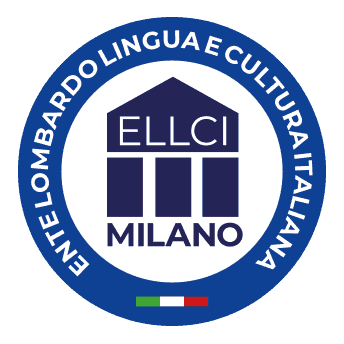
09 Dic
Italian present tense: 3 easy exercises to improve your grammar (pdf)
Learning grammar and practicing Italian grammar exercises is usually associated with the hardest and most boring task when you start learning the language.
Absorbing the basic Italian grammar rules while listening to natives having real conversations sounds more stress-free than doing Italian grammar exercises. That’s how kids learn and that’s why in ELLCI we use the communicative approach.
By listening to natives, you will acquire Italian grammar rules and expressions to use in real-life conversations.
Nevertheless, practice makes perfect, and you can’t avoid those grammar exercises forever if you want to be really fluent.
That’s why our expert teachers created Italian grammar exercises pdf around certain themes in order to boost your learning. Keep reading to download our Italian grammar exercises pdf.
Italian Present Tense: let’s practice together
On this page, you will find out about the Italian present tense of the most common verbs and how to use it.
The present tense is used to talk about things that happen regularly or are happening at the time of speaking.
Examples:
– actions happening at the time of speaking:
Roberto va al cinema..
Roberto is reading a book.
Ho molti libri in camera..
I have a lot of books in my bedroom.
– actions which happen regularly:
I ragazzi giocano a calcio il sabato.
On Saturdays, the boys play football.
In Italian there are three different categories of verbs, “coniugazioni” characterised by a distinct ending: -are, -ere or -ire:
Verbs ending in -ARE: cantare, mangiare, amare, etc. = PRIMA CONIUGAZIONE
Verbs ending in -ERE: credere, vedere, prendere etc = SECONDA CONIUGAZIONE
Verbs ending in -IRE: finire, partire, dormire = TERZA CONIUGAZIONE
How to form the present tense of verb ending are, ere, ire.
Regular verbs form the presente indicativo by adding the following endings to the root of the verb.
| Mangiare (to eat) | Prendere (to take) | Partire (to leave) |
| Io mangio
Tu mangi Lui/Lei mangia Noi mangiamo Voi mangiate Loro mangiano |
Io prendo
Tu prendi Lui/Lei prende Noi prendiamo Voi prendete Loro prendono |
Io parto
Tu parti Lui/Lei parte Noi partiamo Voi partite Loro partono |
Auxiliary verbs are irregular verbs so their conjugation has to be studied by heart.
The present tense of essere and avere.
| Essere (to be) | Avere (to have) |
| Io sono
Tu sei Lui/Lei è Noi siamo Voi siete Loro sono |
Io ho
Tu hai Lui/Lei ha Noi abbiamo Voi avete Loro hanno |
Now you can download our Italian grammar exercises pdf
below, and practice Italian present tense with ELLCI free grammar exercise.
Check out our Italian grammar exercises pdf
